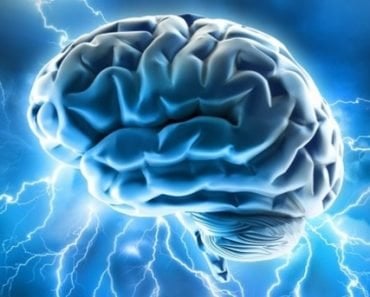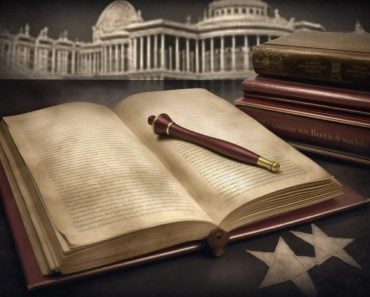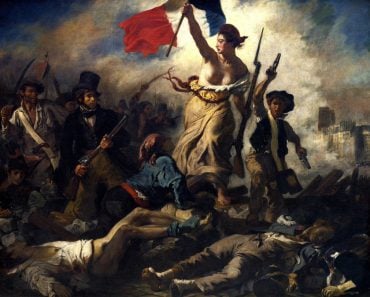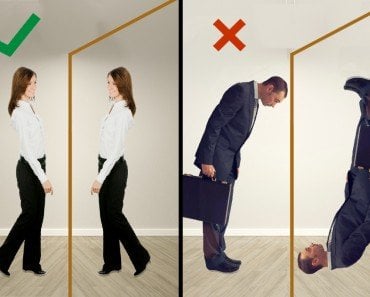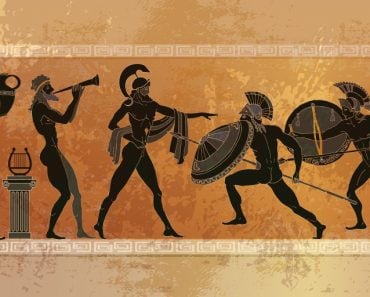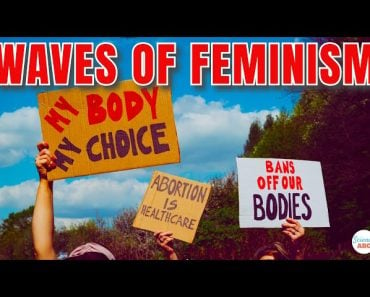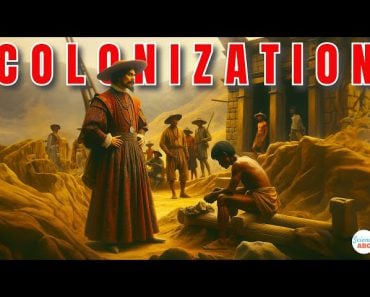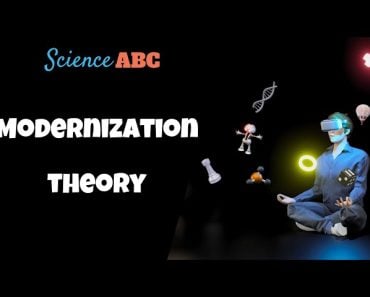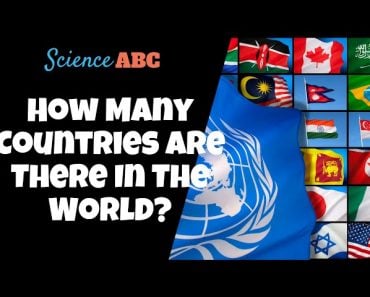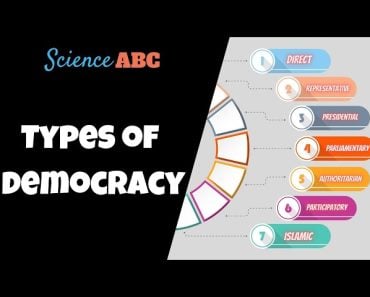These words describe people’s political beliefs and the way they think. The left wing is associated with people who want change and believe in equality, while the right wing is associated with people who want to keep things the way they are and who support traditional values. The center is a place for people who want to find a balance between the two wings.
When we listen to people discussing methods of thinking or operating, we often hear words like, “Right wing”, “Left wing”, “Left/Right leaning”, “Center left”, “Center Right”, “Extreme right”, and “Far left”, but what do these words actually mean? When heard without context or prior understanding, they may seem very vague and can be attributed to almost anything.
The words may sound simple, but there is a great deal of complexity and significance to each of them… and for the record, those conversation are probably not about birds. For example, if you search for “right wing” on Pixabay, the result is:
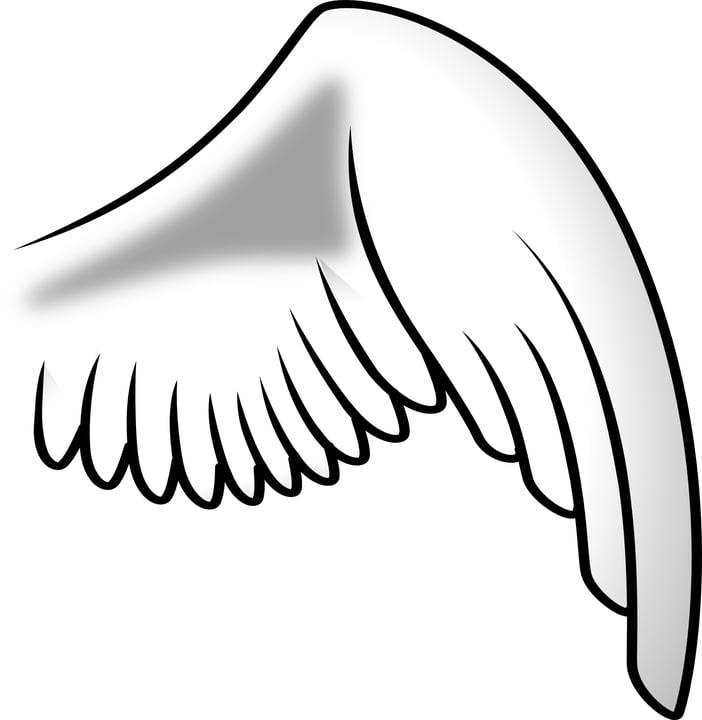
Perhaps when you hear these terms, you think of the context of “wingers”, which we hear about in football formations:
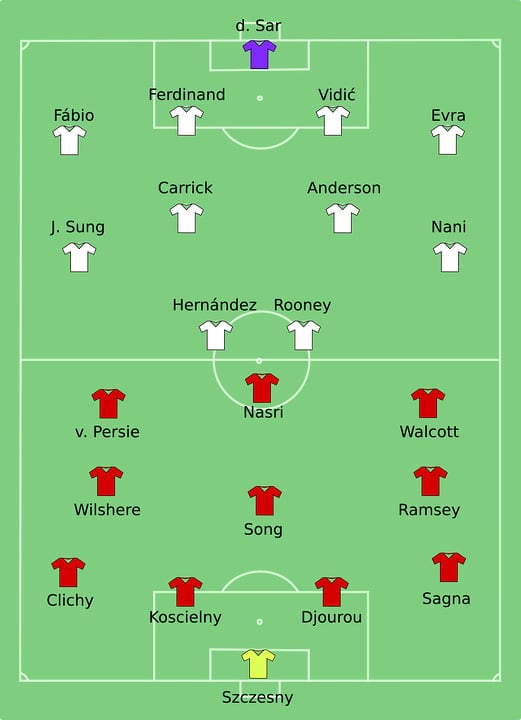
However, for the purpose of this discussion, whenever terms like “left/right wing” are mentioned, it is strictly a reference to political and ideological stances. The most common theme surrounding the left/right wing debate is shown in the picture below:
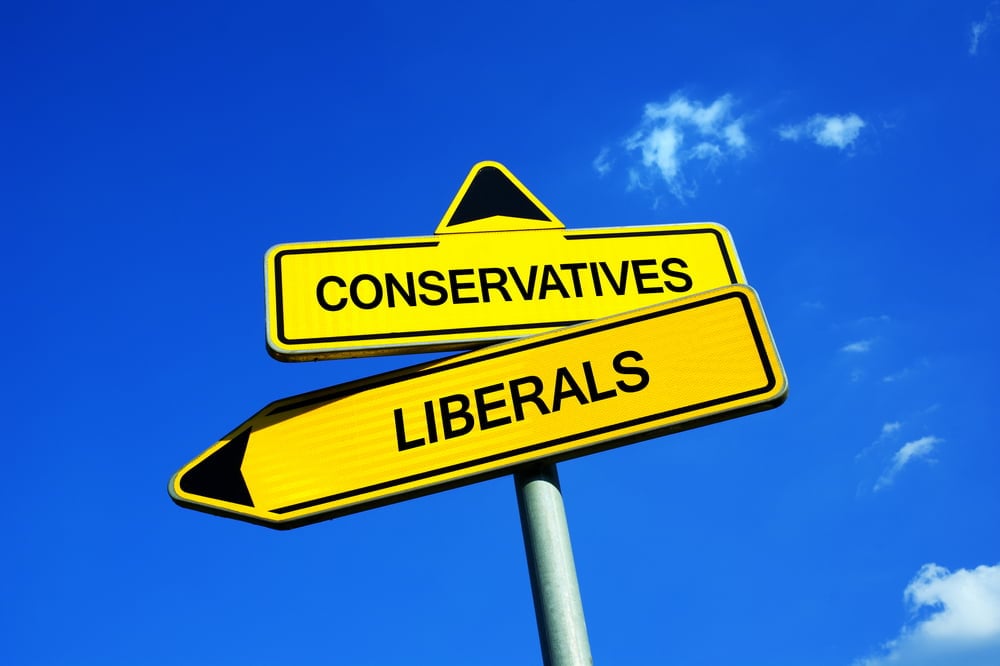
Recommended Video for you:
Why Are They Called Left/Right Wings?
This is a very popular question regarding these political stances, the answer to which is surprisingly simple. We derive these names from the French Revolution and the events that took place during that time.
The French Revolution
In short, the French Revolution was the culmination of the French people’s frustration with their king, Louis XVI. A series of unorganized and disorienting events caused the revolution to stretch for approximately 10 years. The conflict began with what is known as “The Storming of the Bastille” on July 14th, 1789. This was the event during which the local people (i.e., the peasants) broke into the military center at Bastille and the military forces declared their surrender. All of their weapons and materials were seized and the people displayed their first outright act of opposition against the king.
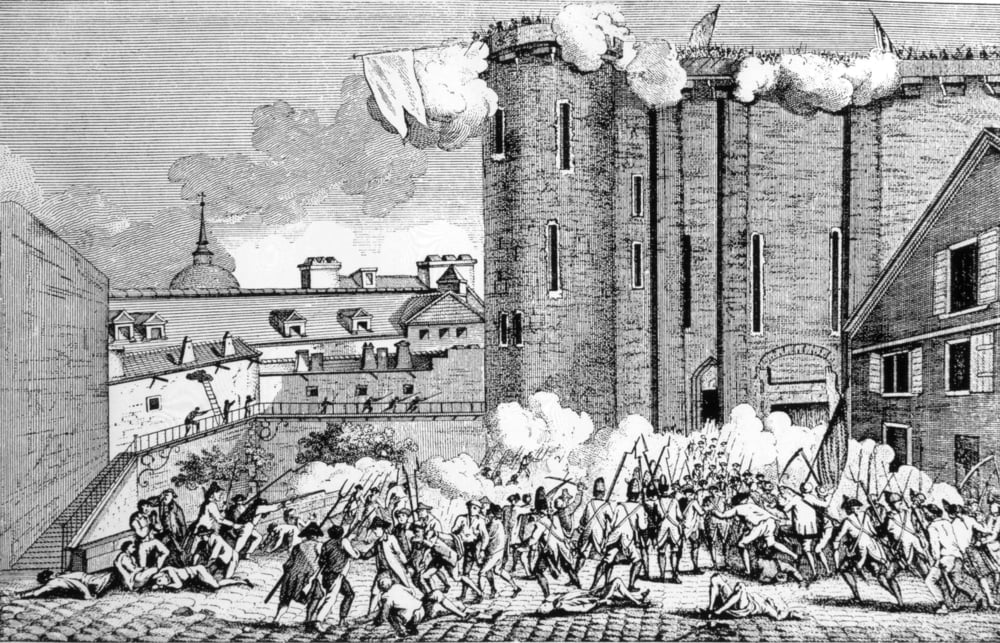
If we go back in time a bit, before the storming of the Bastille, we can see the roots of these words (left wing/right wing, etc.) and the meanings behind them. Before the revolution, people’s resentment for the king was beginning to take shape. There were often great debates about whether Louis XVI was running his empire efficiently. French society consisted of roughly 27 million people, and was composed of three estates or sections under the king. These three estates were:
- First Estate (Clergy)—The first estate was the part of society related to any and all religious work. This included professions like priests, those working in the church, and advisers providing religious advice to the king etc. The clergy consisted of approximately 130,000 people.
- Second Estate (Nobility)—The second estate included the royalty, those people with knowledge and privilege, who had professions like advising the king and being scholars. The nobility consisted of approximately 350,000 people
- Third Estate (Commoners)—The third estate consisted of rural peasants or merchants who made up the lower strata of society. Although the commoners were the lowest estate of society, they made up almost 85-90% of the total population, of which 75-80% were peasants and 8%-10% were land holders and merchants.
There was a blatant and visible disparity between the three estates in terms of their roles in society, and their quality of life etc. This disparity formed the backbone of the French Revolution. If the king made a poor economic or social decision, most of the time, the section that was most affected would be the third estate.
As mentioned earlier, there used to be major debates held about the efficacy of the king, how much authority he should have, how he should operate, etc. The usual practice was that the more conservative people in the country, those who believed in the king, his authority and his power, sat to the right of the officer who conducted the debate. Meanwhile, the more “liberal”, anti-royalist people, those who had ideas of revolution and a new society, usually sat to the left of the officer. That is where these terms originated, based on where a specific group chose to sit, so even though they are related to politics, they began as terms of direction.
What Does This Mean Today?
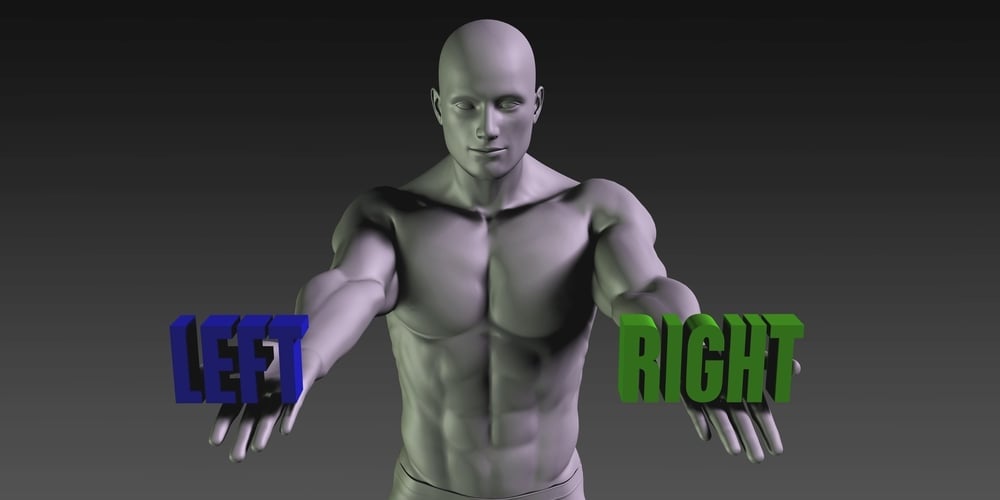
In today’s world, these terms are typically used to describe what your political stance is and what method of thinking you choose to follow. Since the days of the French Revolution, we have seen the formation of a new wing or a bloc—the center.
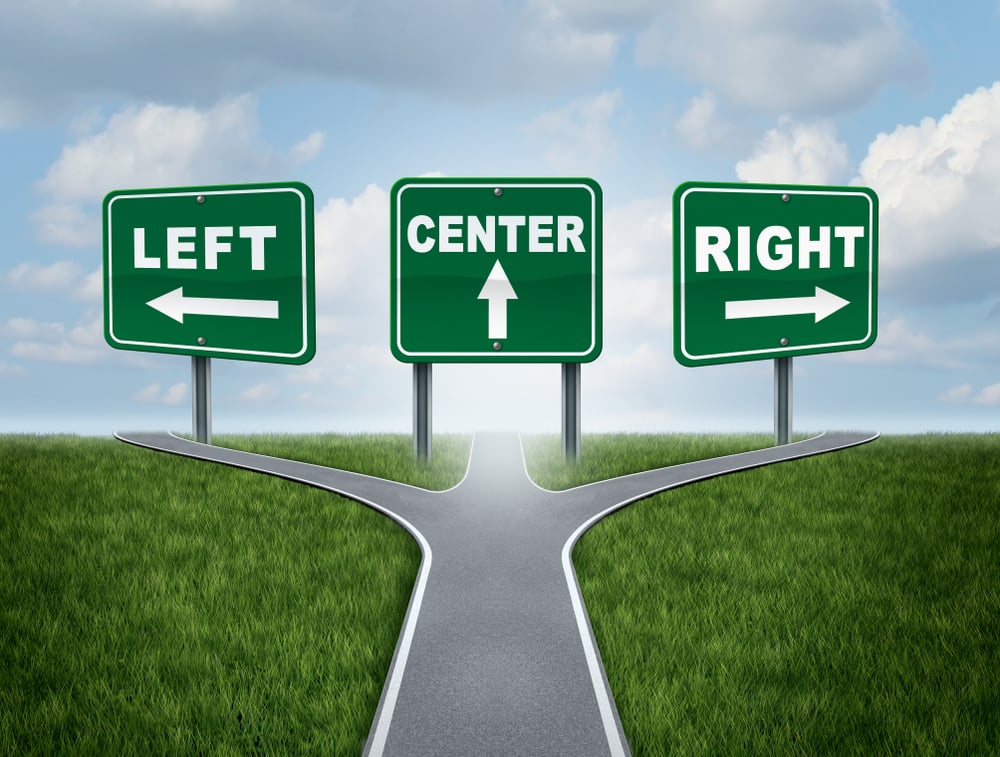
People who operate in the center, known as centrists, usually prefer to remain neutral between the left and right wing, and operate as a balance between the two. This role of the center is often linked to that of the officer who conducted the debates during the time of the French Revolution.
Contemporary Left Vs Ideal Left
Due to its origins in anti-royalist sentiments and its evolution in those beliefs, anything opposing a pre-existing government or rule is thought to be “leaning towards the left”. It is due to this perception that ideologies like communism are interpreted as beliefs of the left.
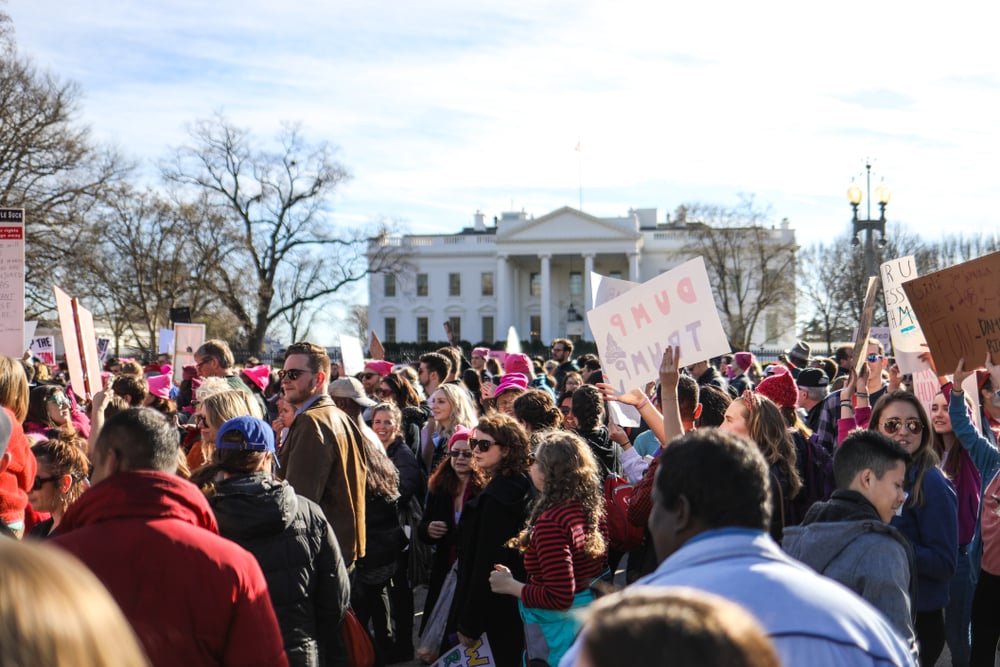
Ideally, a person who leans towards the left should have interests in remedying areas like poverty, reducing the income gap, helping the lower strata of society, ensuring the safety of laborers and workers, etc.
Contemporary Right Vs Ideal Right
Due to its origins in supporting the king and aristocracy, as well as supporting traditions like monarchy, in the contemporary political sphere, a person with reasoning or opinions backed by traditional or conservative ways is often considered to be “leaning towards the right”.
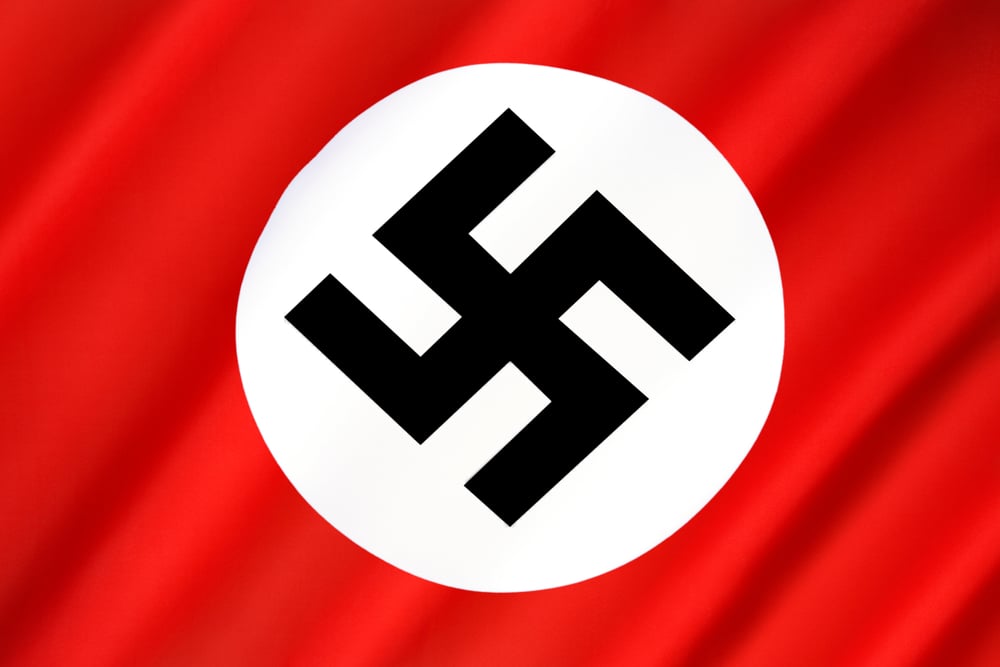
Ideally, a person leaning towards the right should be interested in areas like providing rights, formulating policies and laws for a better quality of life, and working in a sphere in which people already have a certain amount of privilege. The ultimate goal is to enhance the experience of life.
Balance
For a democracy to work efficiently, the goal should be to achieve a certain amount of balance. For far too long, the debate has been about which side is better or greater, without acknowledging the benefits of working together. As we progress into the latest era of human progress, we should learn from history, as we can see that this debate has not been fruitful.
Ideally, the left would work to elevate people from poverty into a moderate quality of life, while the right would work to enhance this quality from moderate to better. The center also has a role—to keep the two wings in check, ensuring that neither overpowers the other. Hence, it is with such realizations that we hope to improve democratic systems, by utilizing them efficiently for the mutual, shared benefit of all citizens.

